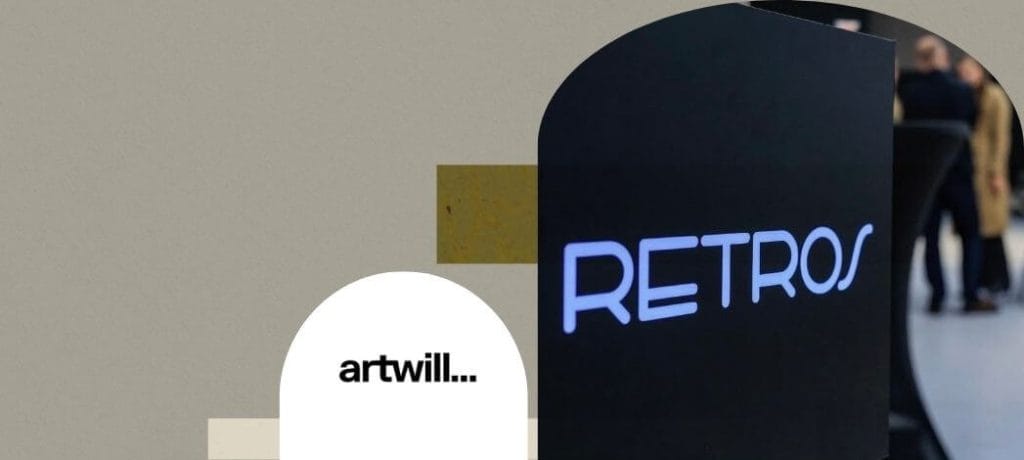Retro, Vintage, or Antique? Deciphering Design Terminology
Step into any curated space, and you’ll encounter pieces that defy a single era, yet resonate with a particular past. Often, the terms “retro,” “vintage,” and “antique” are tossed around interchangeably, but in the nuanced language of design, each carries a distinct meaning. Understanding these differences isn’t just about semantics; it’s about appreciating the unique story, origin, and aesthetic value of an object.
The Allure of "Vintage": A Story from a Specific Era
The term vintage typically refers to items that are at least 20 years old but generally less than 100 years old. Think of it as a quality design from a specific past era. Vintage pieces embody the style, craftsmanship, and materials prevalent during their time of creation.
For furniture, a vintage piece from the mid-century modern era (1950s-1970s), for instance, would genuinely have been made during those decades. It carries the authentic patina of age, the original construction, and often, the quiet narrative of its former life. When you hear about vintage furniture, it often implies quality and authenticity, making it a conscious investment in design that brings character and history into a contemporary space.

The Reverence of "Antique": A Legacy of Time
An antique is generally defined as an item that is 100 years old or older. These pieces are often highly valued for their rarity, craftsmanship, historical significance, and the sheer fact that they have survived a century or more.
Antique furniture typically hails from periods like Victorian, Art Nouveau, or earlier. Owning an antique is akin to possessing a tangible piece of history, often requiring specialized care due to its age and delicate nature. They represent not just design, but a cultural legacy.
The Playful Spirit of "Retro": A Nod to the Past
Unlike vintage, retro refers to newly made items that imitate the style, fashion, or aesthetic of a past era. The word itself, short for “retrospective,” perfectly captures this backward glance. A retro piece isn’t old; it’s designed to look old.
For example, a brand-new sofa manufactured today with bright orange upholstery and a low profile might be called “retro” if it deliberately evokes the 1970s. The key difference between retro and vintage lies in its age and authenticity: retro is a tribute or revival, often mass-produced using modern materials and techniques, without the genuine history or patina of a truly old object. It captures a nostalgic feeling rather than offering an authentic fragment of the past.
Why the Distinction Matters in Design
Understanding the difference between retro and vintage (and antique) goes beyond simple classification; it informs your choices and appreciation:
- Authenticity vs. Aspiration: Do you seek a genuinely aged piece with its own history (vintage/antique), or a new item that celebrates a bygone era (retro)?
- Investment vs. Aesthetic: While all three can enhance a space, genuine vintage and antique items often hold or increase in monetary value over time, making them a true investment in design. Retro pieces are primarily an aesthetic choice.
- Patina vs. Perfection: Vintage and antique items embrace the imperfections and wear that come with age – their patina. Retro items are new, often flawless, reflecting modern manufacturing.
- Sustainable Choice: Choosing vintage or antique is inherently sustainable, giving new life to existing resources.
Whether drawn to the authentic narrative of a vintage find, the historical gravitas of an antique, or the playful homage of a retro piece, knowing the nuances of each term allows you to curate spaces that truly reflect your informed taste and desired aesthetic.




